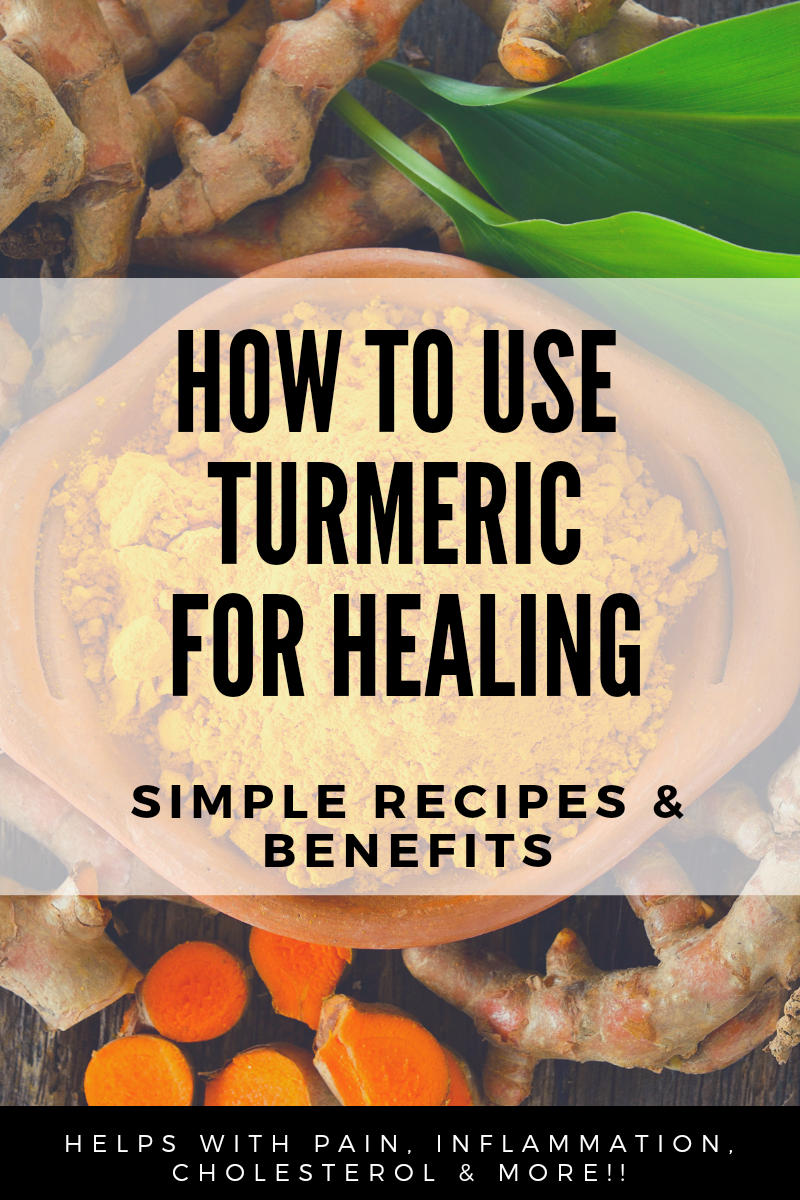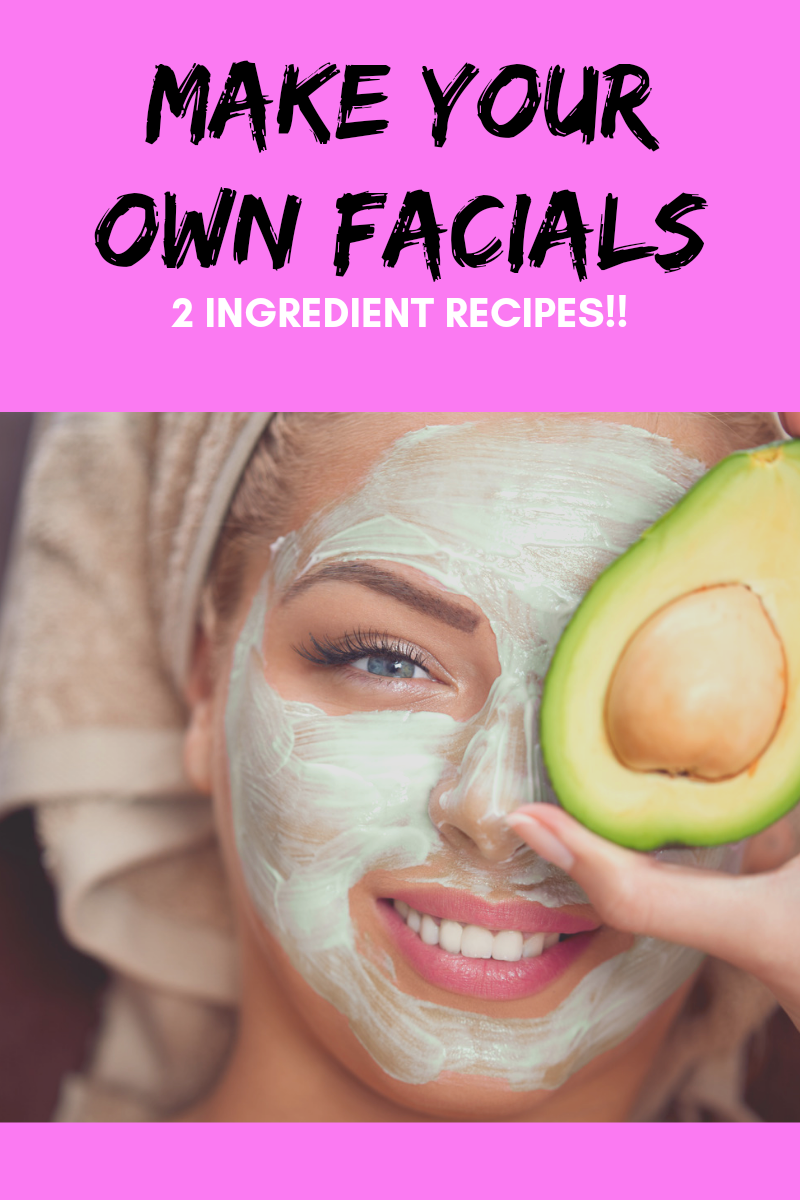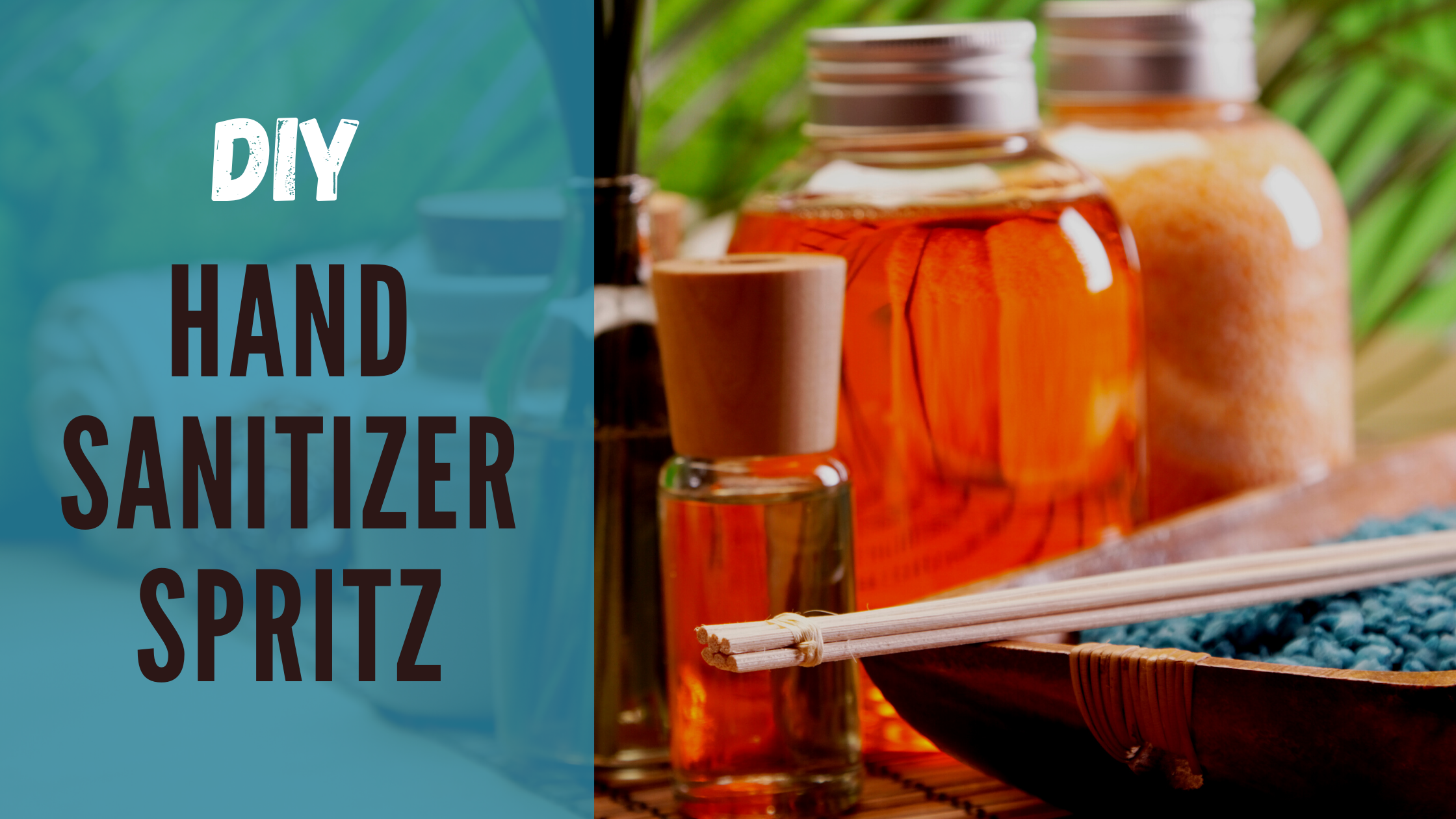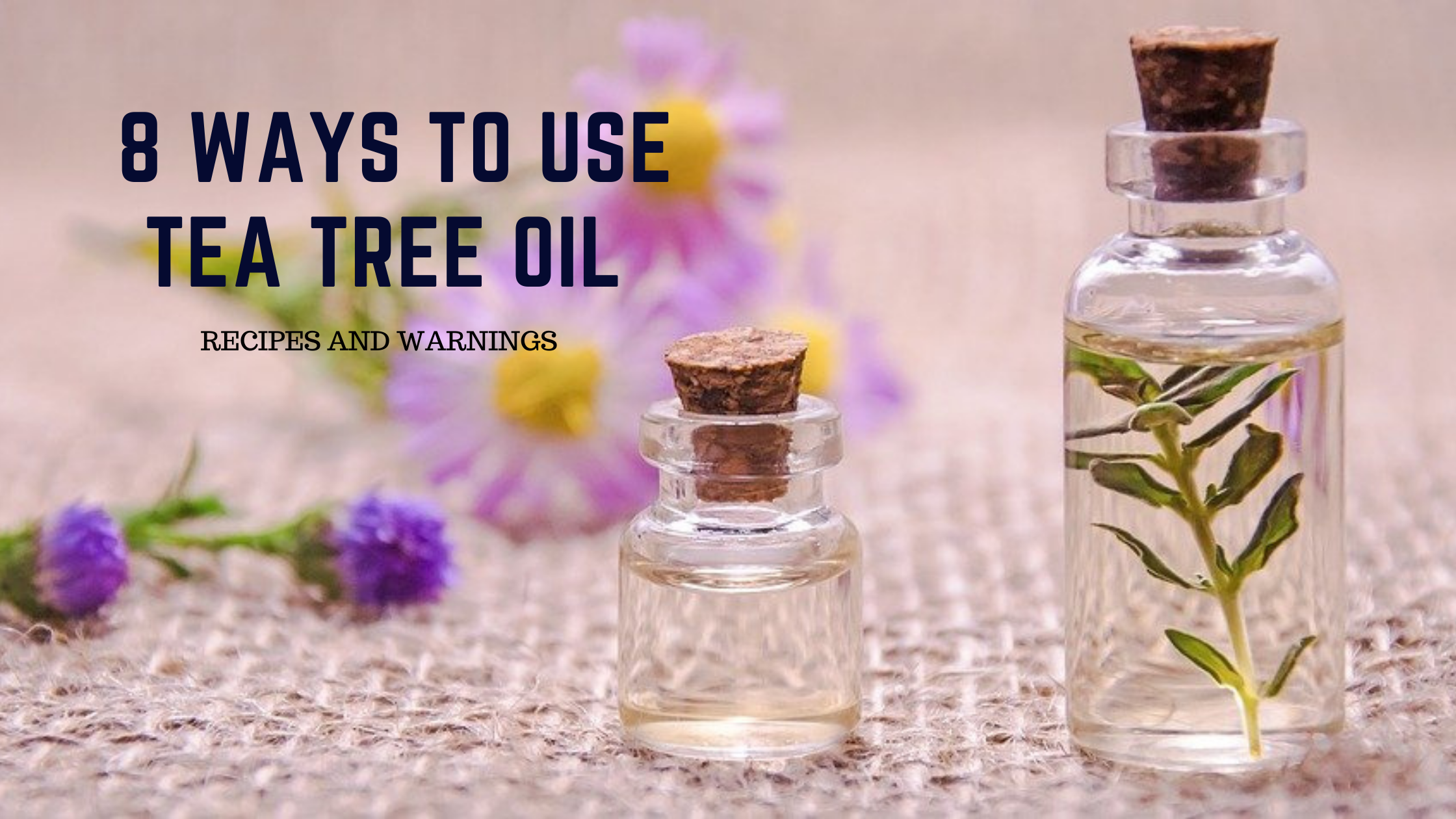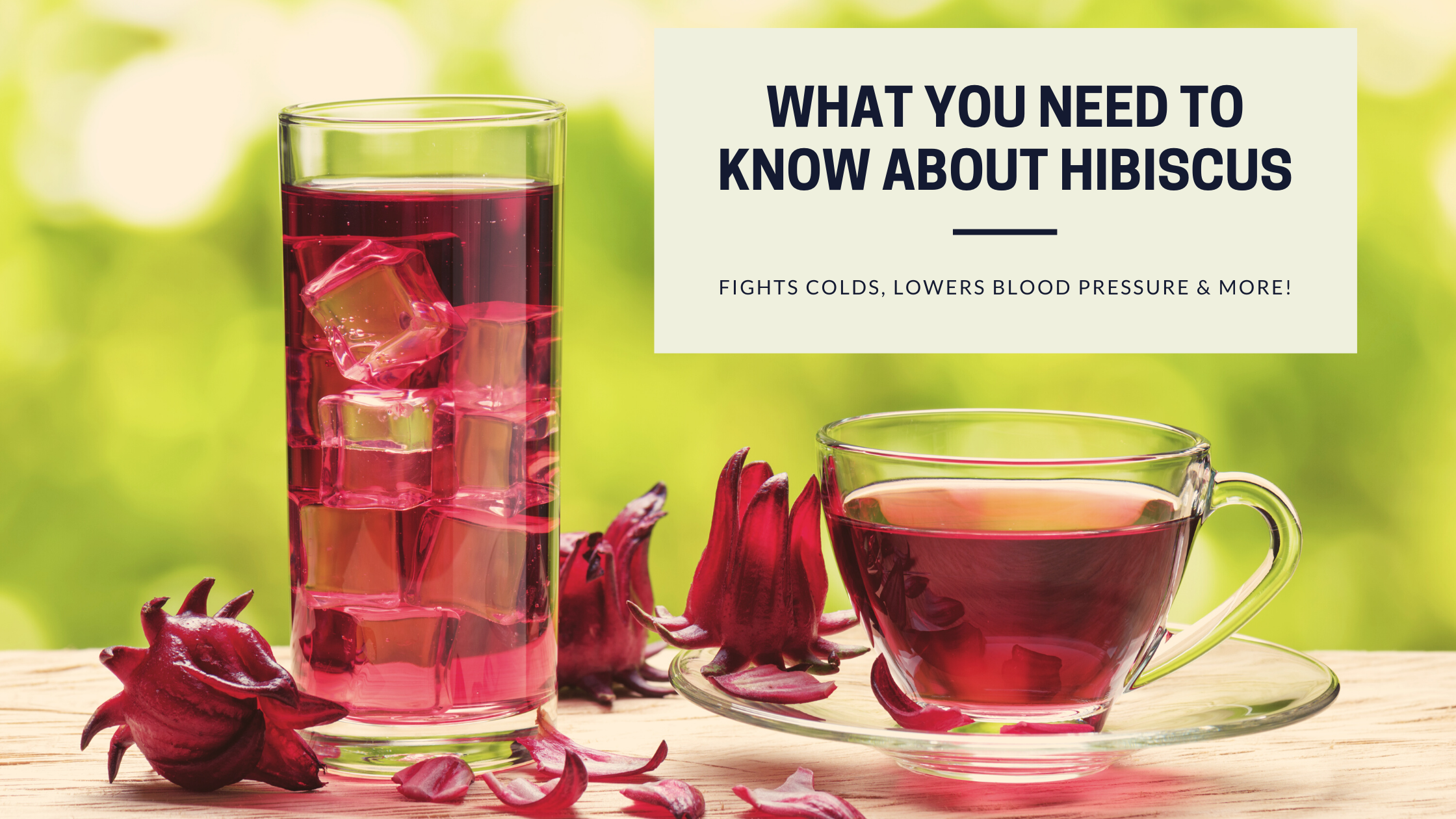How to use turmeric for healing
I was fascinated when I heard about turmeric and the surprising health benefits it has. Turmeric is a relative of ginger that is yellow-orange in color and is a product of the Curcuma longa plant, which is native to South Asia. This is why turmeric is included in many Indian, Asian, and Middle Eastern dishes! Turmeric is often found in powder form, but you can also find whole turmeric root and turmeric capsules (pills) in some grocery stores. Here’s why turmeric is worth the hype:
Turmeric contains a substance called “curcumin” that has anti-inflammatory properties, and is also what gives turmeric its yellow-ish color! People who have arthritis or other health conditions that cause inflammation in the body have claimed that consuming turmeric helps improve their pain. The Mayo Clinic even says that one study found that taking turmeric 3 times a day was comparable to ingesting a 1,200 milligram dose of ibuprofen!
The curcumin in turmeric can relieve joint swelling and morning stiffness… get your minds out of the gutter, I’m referring to stiffness in your joints. So it’s beneficial for those with arthritis and any joint pain.
I enjoy drinking turmeric teas because they help me feel more nimble and improve my day-to-day movement.
Turmeric has also been linked to helping improve Type 2 diabetes, lowering cholesterol, and shown to stop tumor cell growth in animals.
However, it is important to note that curcumin in turmeric is not well absorbed in the body on its own. Studies have shown that curcumin has poor bioavailability, meaning that it can’t always be detected in blood and other tissue. Not to worry, there are solutions!
Black pepper! There is a compound in black pepper, called piperine, that boosts how well your body absorbs curcumin. Piperine can aid digestion and improve headaches and nausea. When combining black pepper with turmeric, it can increase the curcumin that your body will absorb so that you don’t have to miss out on all of its advantages! One study suggested adding 20 milligrams of piperine to 2 grams of curcumin for it to be fully benefiting your body.
You can also use the whole turmeric root. Since it’s not being processed, you don’t have to worry about losing any compounds, making it easier to absorb the curcumin.
Another option is to mix it with healthy fats. The curcumin will bind to fat, making it easier for our guts to absorb it. So cooking with fats like coconut oil, or a smoothie with full fat dairy, almond or coconut milk will optimise the body’s absorption of curcumin… which brings me to one of my favorite ways to use it!
How to use it:
There are lots of ways to consume turmeric!
Make a smoothie
One thing I like to do is blend fresh, whole turmeric root into smoothies! It can have a pungent flavor, but when combined with other greens and fruit (especially pineapple) in smoothies, tastes very mild. I use 1 inch of whole turmeric root, which is equivalent to 1 tablespoon of ground turmeric per smoothie.
Drink Tea
Another way to get your daily dose of turmeric is to drink a cup of turmeric tea steeped for 3-4 minutes.
Spice up your meals
I also love adding about half a teaspoon of ground turmeric to a bowl of soup – it adds a unique flavor and spice. Truly I add turmeric AND pepper to most of my dishes including beans, eggs, even rice.
Because turmeric is a natural blood thinner, some experts suggest not taking it before surgery. If you’re unsure, consult your doctor.
If you have any other turmeric uses or recipes, send us an email and let us know!
If you find yourself trying out some turmeric recipes and make a mess, we’ve got you covered with 3 natural ways to get rid of turmeric stains!

